
DSPy Guide v2024.2.7 - Python AI Framework Setup
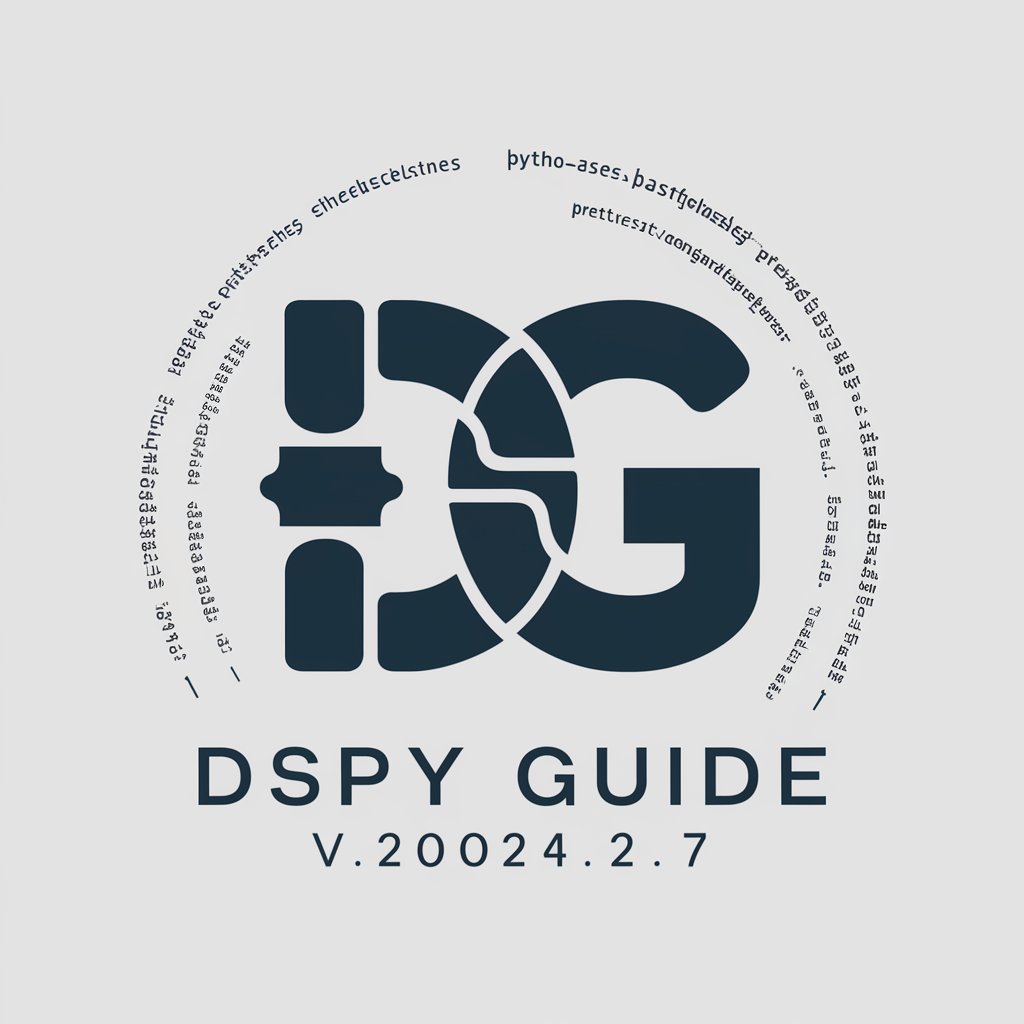
Welcome to DSPy Guide, your efficient AI programming assistant.
Harness AI for smarter data interaction
Design an AI system that...
Create a pipeline for handling...
Generate a solution for optimizing...
Develop a framework that integrates...
Get Embed Code
Introducing DSPy Guide v2024.2.7
DSPy Guide v2024.2.7 is an advanced framework designed for facilitating pipeline-based reasoning using large language models (LMs) and relevance models (RMs). It serves as a robust platform that allows developers to express complex reasoning workflows by passing natural language texts between the LM and RM in modular and systematic ways. This approach makes it easier to solve tasks like question answering, text retrieval, and summarization with high efficiency. A core design objective is to enable reusable modular components like ChainOfThought and optimizers, which boost development by streamlining prompt generation and enhancing adaptability. For instance, a common use case involves using the RAG (Retrieval-Augmented Generation) module, where DSPy retrieves relevant information and then generates a synthesized answer using retrieved facts. Powered by ChatGPT-4o。

Key Functions of DSPy Guide v2024.2.7
RAG (Retrieval-Augmented Generation)
Example
Imagine a scenario where a user needs to answer a question about historical events. The RAG module can first retrieve contextually relevant information using a Retrieve step, then generate an accurate, concise answer through a ChainOfThought step that synthesizes the final result.
Scenario
In research environments where analysts need to find precise answers quickly, RAG offers a way to combine search with language models to deliver accurate answers, making it ideal for fact-based queries.
BootstrapFewShot Optimization
Example
A teleprompter-based component, BootstrapFewShot helps developers compile DSPy pipelines by training models iteratively on a few high-quality examples. This reduces the manual effort of fine-tuning and ensures that DSPy solutions are highly accurate for their given task.
Scenario
Organizations that need to develop custom NLP models for domain-specific problems can use BootstrapFewShot to quickly refine their models using a small, curated set of examples, reducing time-to-market.
LM Assertions
Example
LM Assertions enforce logical or factual constraints on the language model outputs. For instance, in a long-form question answering task, assertions can ensure that all answers include citations for each fact presented.
Scenario
When writing comprehensive reports, journalists and researchers can rely on LM Assertions to ensure that their outputs remain factual and align with their sources, maintaining high standards of integrity.
Ideal Users of DSPy Guide v2024.2.7
Data Scientists
Data scientists can leverage DSPy's modular design to develop custom pipelines quickly and optimize them using the BootstrapFewShot framework, enhancing productivity while maintaining high-quality results.
Researchers
Researchers focused on NLP can use DSPy's modular components like RAG to test new retrieval and answer-generation strategies, allowing them to explore new methods of synthesizing and retrieving information.
Content Creators
Content creators, such as technical writers or journalists, can use DSPy's LM Assertions to guarantee that the final output adheres to specific requirements for factual accuracy, reducing errors and improving reliability.

Guide to Using DSPy Guide v2024.2.7
Sign Up for Free
Begin by accessing a free trial at yeschat.ai, without the necessity for login or a subscription to ChatGPT Plus.
Install Necessary Libraries
Ensure Python is installed on your device and install the DSPy library using pip install dspy from your command line.
Explore Sample Projects
Review sample projects provided in the documentation to understand the typical use cases and capabilities of the DSPy framework.
Configure Your Environment
Set up your programming environment by configuring the DSPy settings with the appropriate LM and RM models as outlined in the user manual.
Start Coding
Begin coding by importing the necessary DSPy components, defining your modules, and compiling your custom AI models.
Try other advanced and practical GPTs
BedtimeStoryGPT
Dream up stories with AI
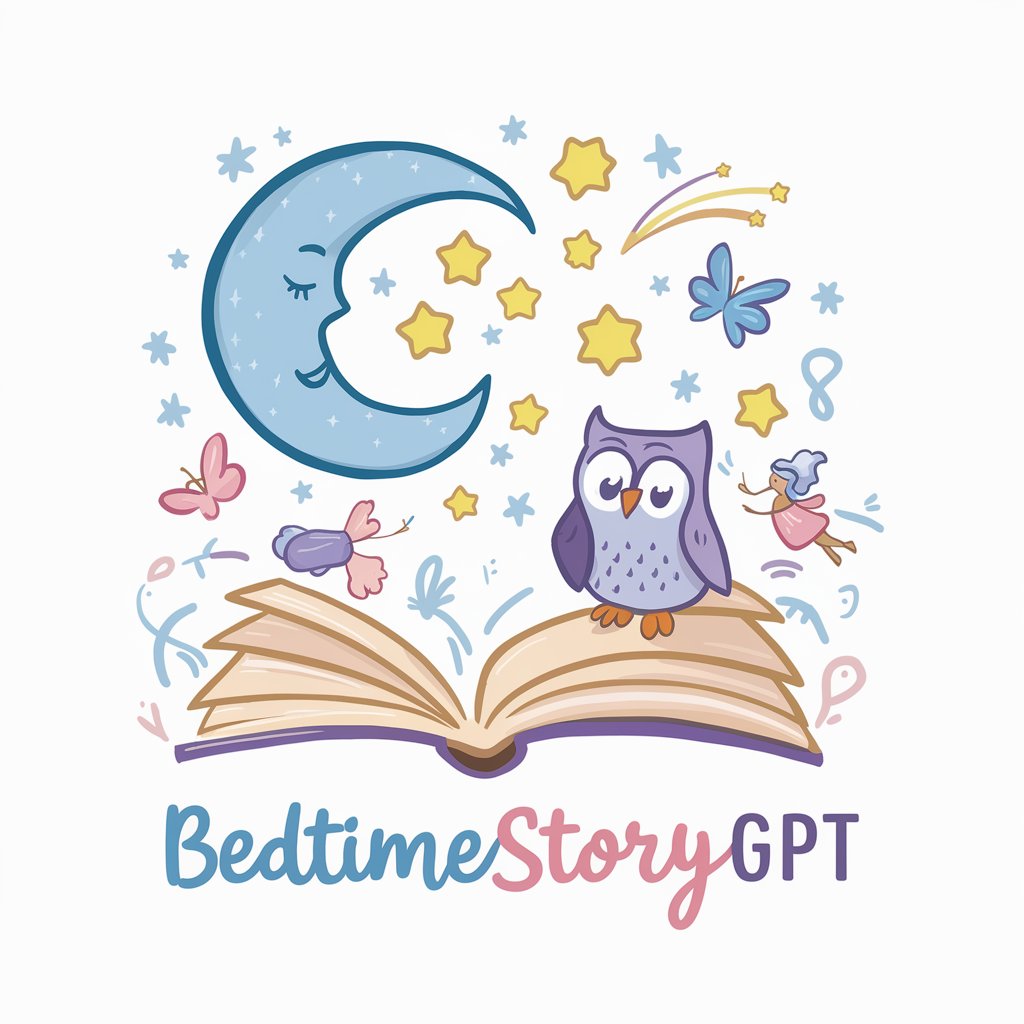
Eberron Archivist
Discover Eberron: AI-Powered Lore Explorer

Bildkünstler
Enhance Your Images with AI Power

Word Press helper
Empowering WordPress development with AI

Python Prodigy
Elevate Python development with AI power
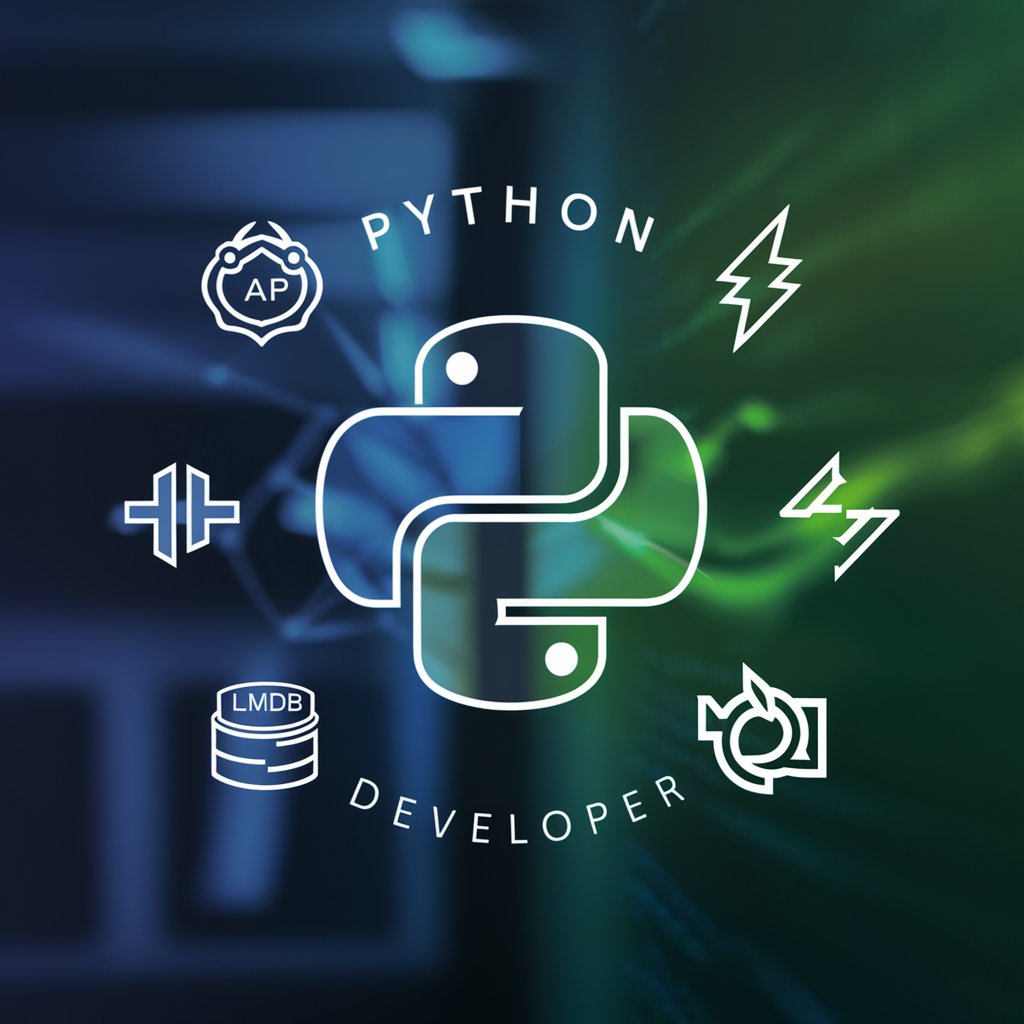
PR Maestro
Empowering PR with AI Insights

Fastgen Code Companion
AI-powered code automation at your fingertips
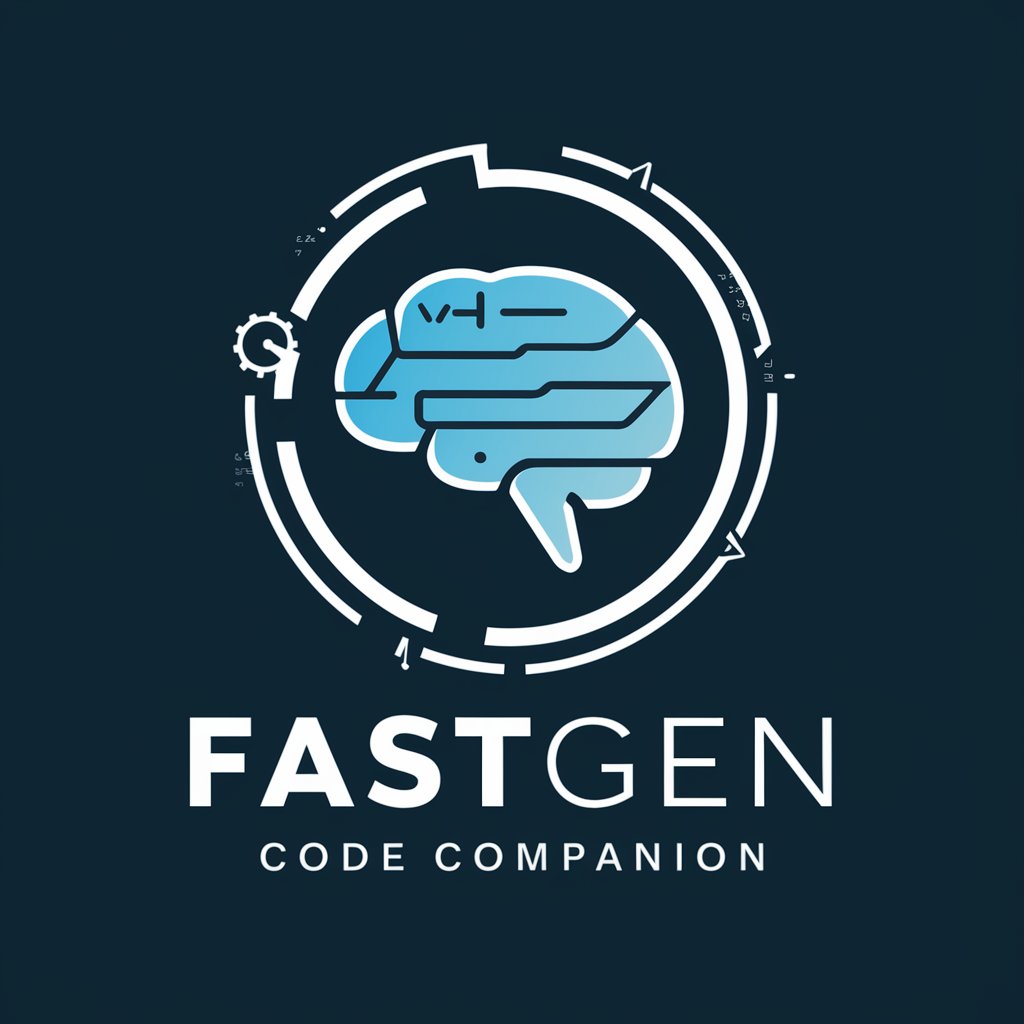
Code Guru
Elevate coding with AI power
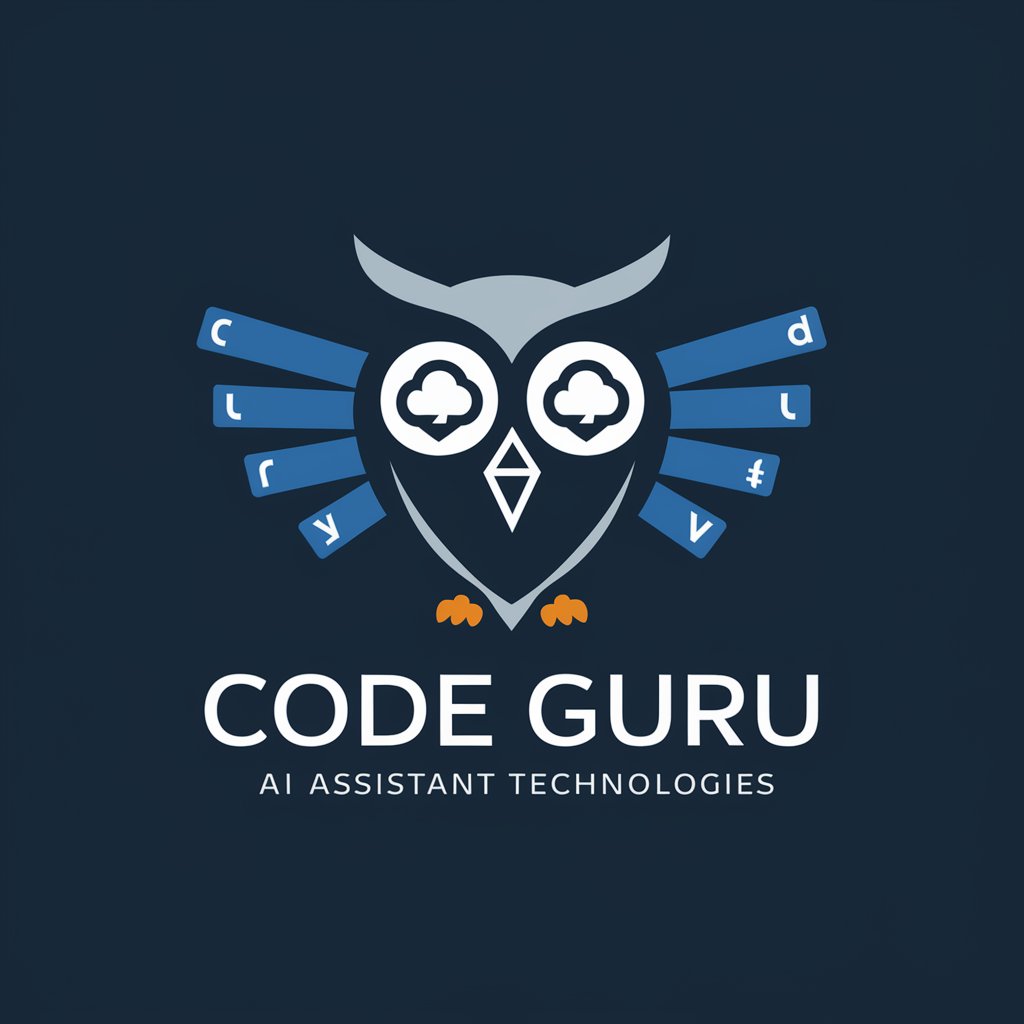
Tatoo Master
Crafting Your Next Tattoo with AI

SwiftGPT
Empower Your Swift Code with AI
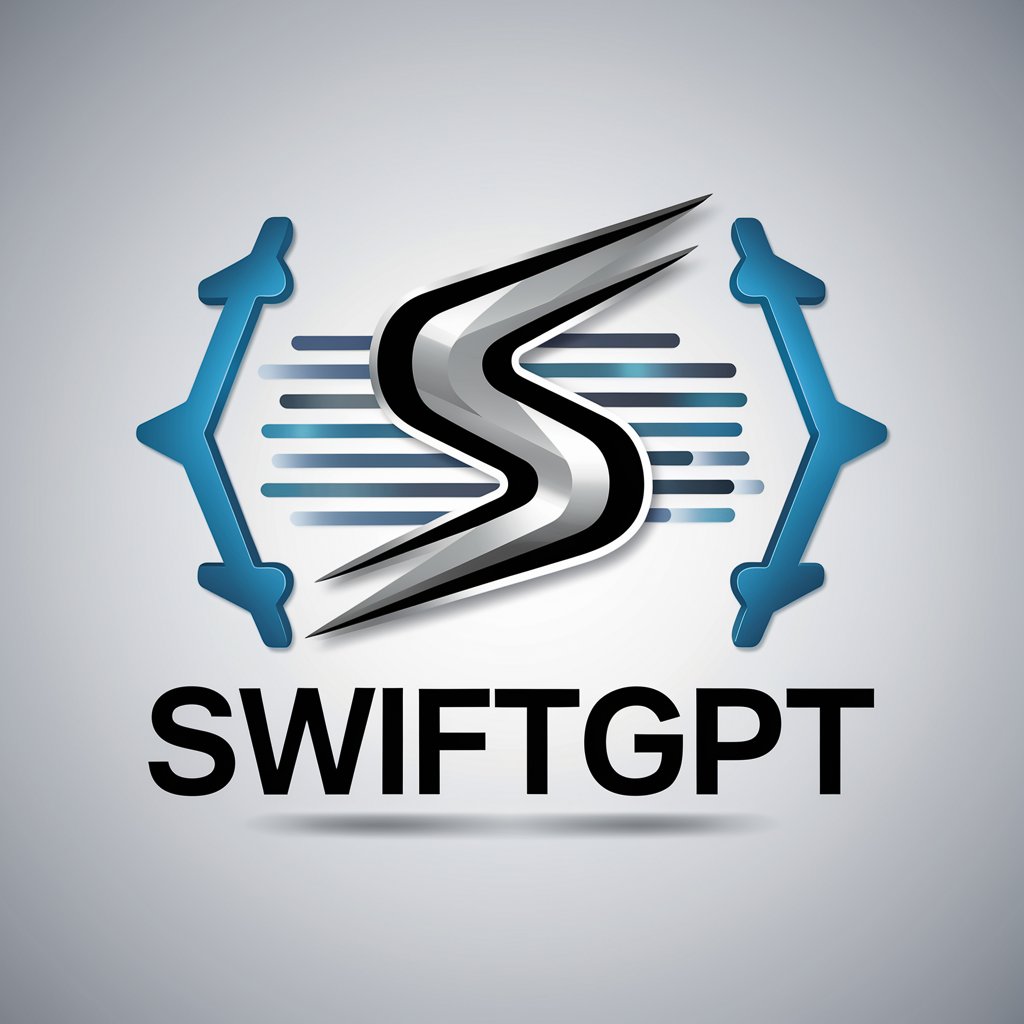
Java Architect 2.0
Empowering Java Development with AI
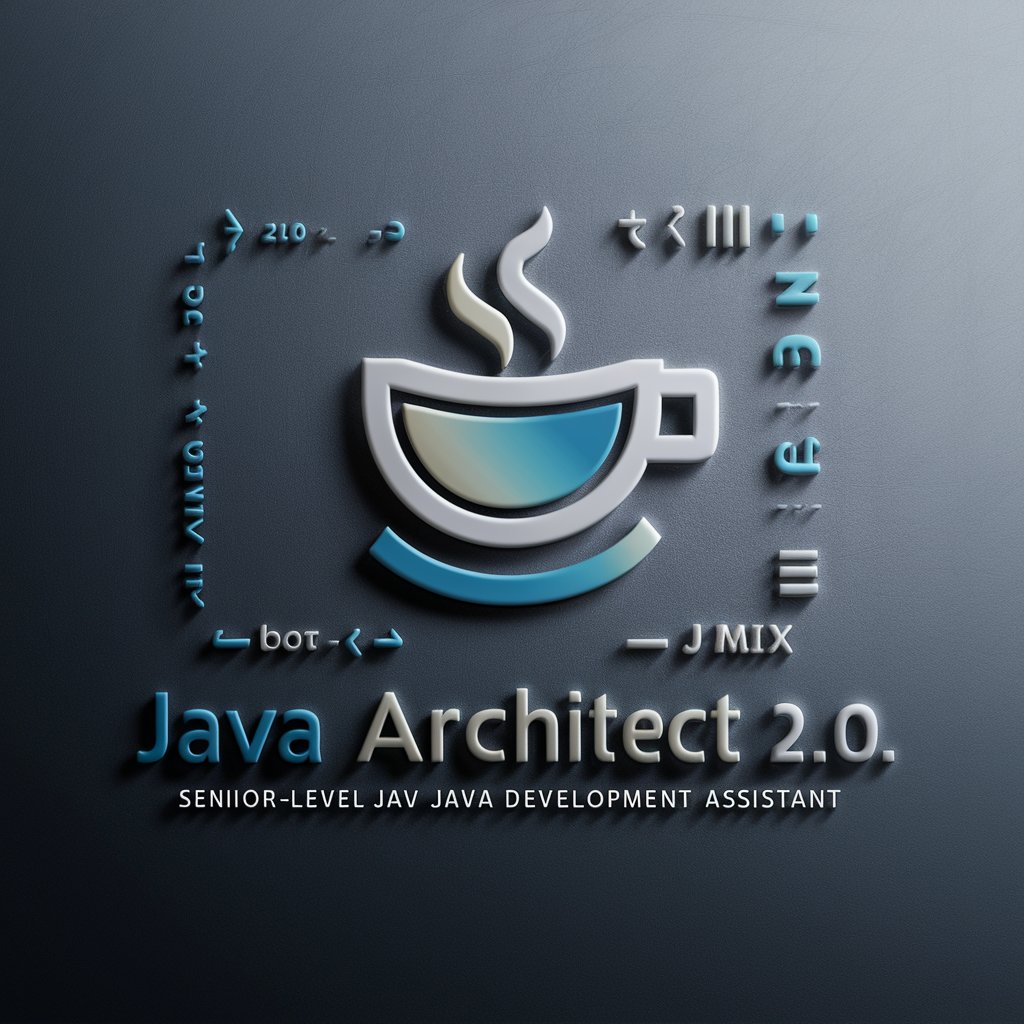
OpenFOAM Assistant
Streamline Your CFD Simulations with AI

Frequently Asked Questions About DSPy Guide v2024.2.7
What is DSPy Guide v2024.2.7?
DSPy Guide v2024.2.7 is a specialized AI framework that allows developers to create sophisticated AI models by orchestrating natural language processing pipelines, supporting integration with deep learning libraries for advanced text analysis.
How does DSPy optimize AI model training?
DSPy employs techniques like ChainOfThought and BootstrapFewShot, which streamline prompt generation and dynamically update prompts based on changes in code or data, improving the efficiency and accuracy of model training.
Can DSPy handle multiple data sources?
Yes, DSPy can integrate multiple retrieval models (RM) simultaneously, allowing the system to access and retrieve information from various data sources for comprehensive analysis and prediction.
What are the common use cases for DSPy?
Common use cases include complex question answering, document summarization, and data extraction from large text corpora, tailored for applications in research, business intelligence, and software development.
What makes DSPy different from other AI frameworks?
DSPy stands out by offering a modular approach that prioritizes pipeline efficiency and adaptability, supported by advanced retrieval methods and the ability to fine-tune interactions between language models and retrieval models.